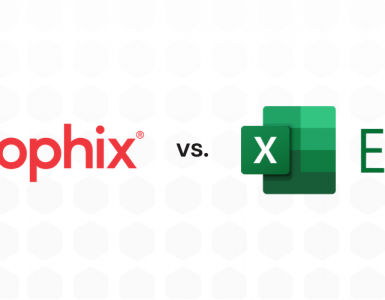
Balanced analyst relations strategy
In my previous blog, I discussed how Analyst Relations (AR) is a part of our overall shift towards an inbound marketing strategy because of the perceived credibility and “virability” of the content they produce. We plan our analyst relations by viewing the analysts as falling into two broad categories – generalists and specialists.
The generalists are analysts such as Gartner and Forrester, who typically have extensive resources, international reach, and cover a broad range of topics. A key benefit of these analysts to a marketer like me is the exposure they provide. This advantage can come at a cost, and if you are a mid-sized organization working with one (or multiple) of these generalist analysts, it can absorb a good part of your budget. Given their broader coverage and higher cost the customer base for these analysts tend to skew more heavily to enterprise size organizations (i.e. $1B+ in revenue) with whom you’ll be competing for the analyst’s mindshare.
Here are some of the observations I’ve gleaned from working with a couple of the leading generalist analyst organizations:
Gartner
- Depth: More than 1,600 research analysts and consultants, and 10,000+ clients in 90 countries they are the dominant analyst covering our space (Corporate Performance Management software) and the world’s leading IT research and advisory company.
- Focus: Gartner’s reputation is based on their analysis of the vendor landscape across a broad range of markets within the technology industry. Their focus is more IT-centric, and their client base leans towards enterprise size organizations.
- Key research: In particular they are known for their Magic Quadrant, a graphical positioning of competing players in major high-growth technology markets. The challenge with the Magic Quadrant (MQ) is that the process ends up being something of a beauty pageant with vendors vying for the top right position, even though Gartner attests that focusing on the upper right leaders’ quadrant is not always the best course of action.
Forrester
- Depth: Significant in size and reach (“annual surveys of more than 500,000 consumers and business leaders worldwide”), Forrester is similar to Gartner in some ways and different in others.
- Focus: One way in which they differentiate themselves is by underscoring their focus on the customer and the consumption of the technology (as contrasting with Gartner’s focus on the vendor marketplace). Though Forrester still focuses primarily on IT and the CIO, they have also broadened their reach to include other business areas outside of IT (“in the age of the customer, tech professionals must work with business executives to champion a business technology agenda“). Also, their reputation as a key resource for marketers has grown because of their focus on the consumer and related technology marketing trends.
- Key research: Forrester’s focus on the customer and consumption translates into research assets such as playbooks for CIO’s and Marketing, that are designed to help anticipate and engage the market rather than compare and contrast the vendor landscape. That said, they do have a market analysis vehicle is similar to the Gartner MQ, which they refer to as the Forrester Wave.
It is important to have a balanced analyst relations strategy that incorporates both the generalists, such as Gartner and Forrester and specialist analysts whose expertise in a specific area can bring a different perspective. In the next blog, I’ll provide more detail on how, where and why we’ve found working with specialist analysts to be valuable.
Do you refer to industry analysts when considering a major technology purchase for your organization?






